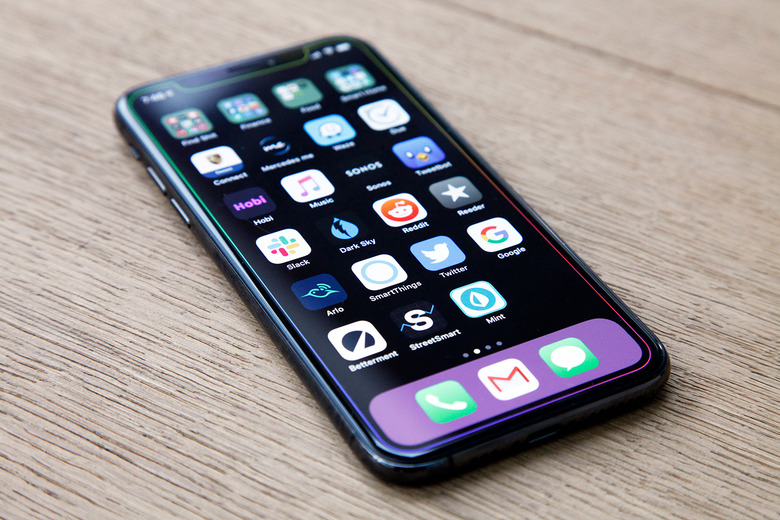iPhone Upgrade Program: How To Save Money On A New iPhone Every Single Year
Back during the early days of the smartphone era, upgrading to a new iPhone every two years was a no-brainer. Thanks to generous carrier subsidies, users were often able to get a new iPhone for free or at a heavily discounted rate so long as they signed on for a two-year contract.
Over time, though, carriers got tired of subsidies and eliminated the practice. In turn, smartphone prices skyrocketed. Or, if we're being honest, smartphone prices adjusted back to their actual cost. Regardless, the new economics of smartphone upgrades naturally had Apple executives worried. And so, Apple back in 2015 introduced a carrier-independent upgrade plan designed to let users enjoy the latest and greatest iPhone models every single year.
How Apple's iPhone upgrade program works
Apple's iPhone upgrade program makes it easy to get a new iPhone every single year. The way it works is simple. Once you purchase a new iPhone and join the iPhone Upgrade Program, you're essentially on the hook for a 24-month 0% APR installment loan for the full price of the device. So basically, you're buying an iPhone and paying it off over the course of 24-months.
Now here's where the upgrade program comes into play. Once you make the equivalent of 12 monthly payments towards the purchase price of the device, you can upgrade to a brand new iPhone model at no additional charge. Of course, you have to send in your old device and you're now on the hook for a new 24-month loan.
In effect, the iPhone upgrade program is akin to a subscription service. As long as you keep paying the monthly installments, you can get next-gen iPhones every single year for free.
How much does it cost?
Apple's iPhone upgrade program starts as low as $35.33 per month and includes AppleCare+ coverage. On the high-end, you'll be paying about $70/month if you get a Pro model with a lot of storage.
The AppleCare+ coverage includes 24/7 priority access to Apple Support. It also includes hardware coverage, software support, and. accidental damage. For just $4.16 more per month, you can up your AppleCare+ coverage to include theft and loss coverage.
There are, however, some caveats.
Apple notes:
Under AppleCare+, each accidental damage incident is subject to a service fee of $29 for screen damage or $99 for any other damage. Each incident of theft or loss is subject to a deductible of $149. AppleCare+ with Theft and Loss requires you to have Find My iPhone enabled on your device at the time it is lost or stolen.
How to check your eligibility for the program
You can check your eligibility for the iPhone upgrade program by going to Apple's website over here. You can either sign in with your Apple ID and receive an answer or look up your eligibility by punching in your IMEI number.
Subscribers on Sprint, Verizon, AT&T, and T-Mobile can enjoy the program. Also, note that earning eligibility requires a credit check, so you may have to supply some personal financial information like your social security number. You'll also need relevant carrier account information along with a credit or debit card. Apple notes that prepaid cards are not accepted.
If you're eligible, you can start the sign-up process over here on Apple's iPhone Upgrade Program website.
Incidentally, now is a good time to look into the program given that the iPhone 13 will be unveiled in just a few weeks.
